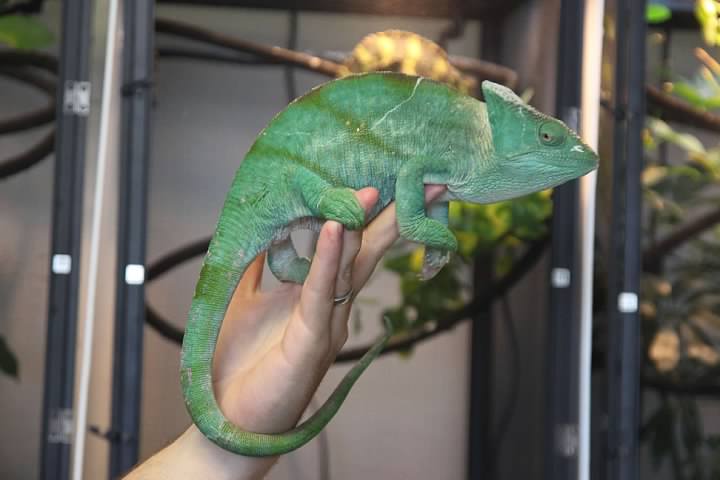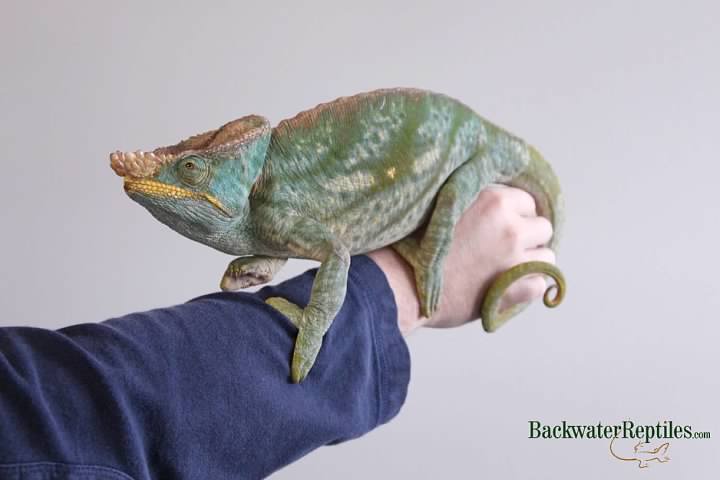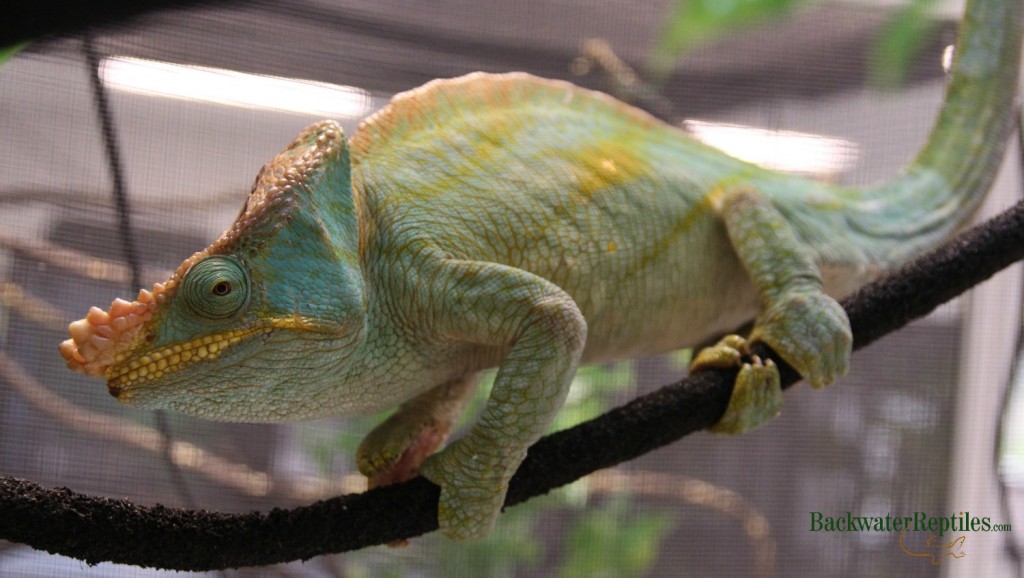Many lizards are relatively low maintenance and thrive in captivity with minimal care. However, there are many that have finicky temperaments, need more space, or have specialized diets that are not so effortless to keep in captivity, even though they can make equally rewarding companions.
The following list describes our top picks for the lizards that we feel are best suited to be kept by hobbyists with plenty of experience. In other words, these animals can be tricky to care for.
Flying Dragon (Draco volans)
The flying dragon is an agamid lizard that gets its name from its ability to open up membranes attached to the side of its body that allow it to glide from tree to tree in its natural habitat.
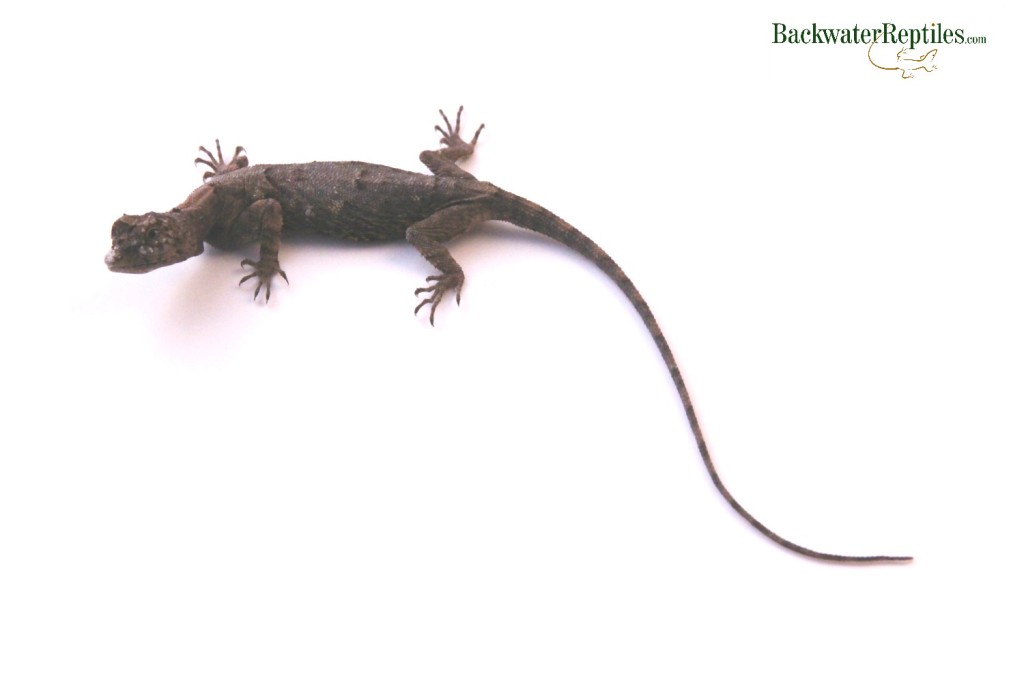
Flying dragons are dark brown with even darker accent markings and appear remarkably ordinary when their wings are not in use. The dragon’s wings are kept folded tightly against its body when it is not gliding, which gives the lizard a long, slender appearance. When extended, the wings have bright yellow and black markings which is what attracts many owners to them in the first place.
Due to their inclination to glide, you will need to provide a very large enclosure for such a relatively small lizard. We also recommend that the enclosure’s walls be constructed of screen material both to cultivate the proper humidity levels and also so that the dragon doesn’t glide into a hard surface and injure itself accidentally.
In addition to requiring a large, semi-specialized enclosure, flying dragons can also take time to acclimate to captive diets. In the wild, they eat mostly termites and ants, so you will need to spend some time training your dragon to consume prey items outside of its usual fare such as crickets, roaches, and other invertebrates.
If you’re prepared to own your own flying dragon, Backwater Reptiles sells these unique lizards and also has a blog article written up that details how best to care for them.
Flying Gecko (Ptychozoon kuhli)
Like the flying dragon, flying geckos are another species of lizard that can glide from tree to tree in the wild. However, flying geckos are much larger and heftier than flying dragons and don’t possess wings to help them glide. Instead, these geckos have specially designed tails, thick webbing between their toes, and membranes extending from their sides.
Housing a flying gecko is also different than housing a flying dragon. Because geckos are more likely to injure themselves by gliding in a confined space, most owners actually restrict them to a small space so that they don’t have room to fly.
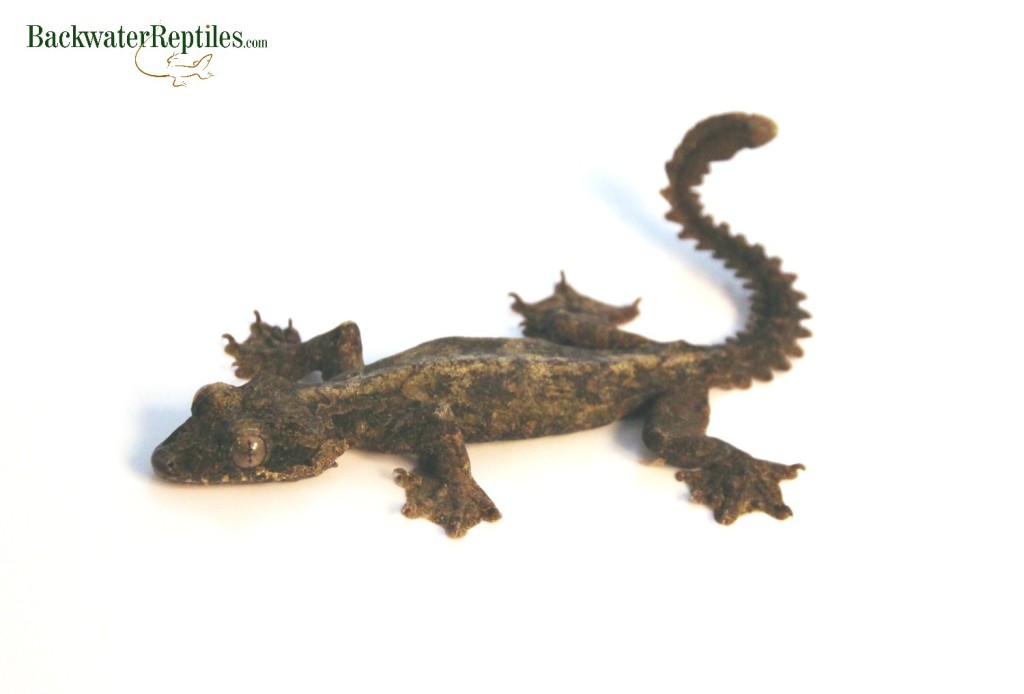
Flying geckos are also not known for their stellar personalities. While they’re not necessarily outwardly aggressive, they certainly don’t enjoy being handled too frequently and would much rather hide than interact with you. Flying geckos are pets that are ultimately best kept for display purposes rather than for their social skills.
Interested in a flying gecko of your own? Backwater Reptiles has got you covered.
Parson’s Chameleon (Calumma parsonii)
Like many chameleon species, Parson’s chameleons can have a tough time acclimating to captivity. And because these chameleons are so rare, they come with a very steep price point, which is very risky if you don’t feel confident in your capabilities to care for the animal.
Parson’s are the heftiest chameleons both in terms of weight and physical body size. This means that they will require a very large mesh enclosure with just the precise amount of humidity, plenty of misting, and lots of invertebrates to feed such a considerable lizard.
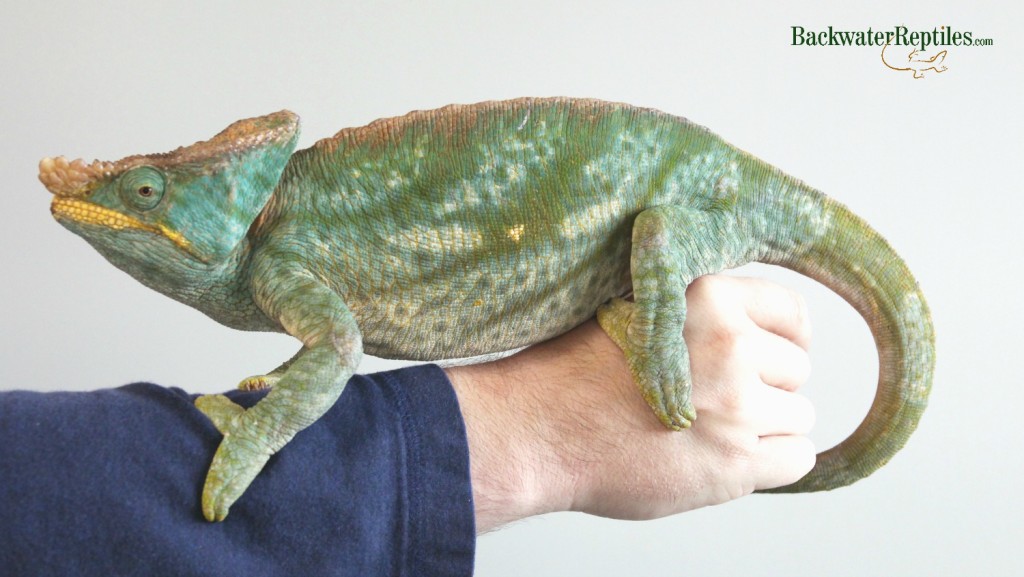
Although you can handle your Parson’s chameleon, we only recommend it for experienced herp enthusiasts. Due to their immense size, the grip of a Parson’s is actually quite strong and very tenacious. If a Parson’s grabs you and doesn’t feel like moving along, you’ll have quite a tough time getting it to relinquish its hold. In other words, many owners of Parson’s chameleons will wear gloves when handling large, mature animals.
Parson’s are not aggressive like some other smaller chameleon species, but they are rather shy. They’d prefer to hide from you. But that doesn’t mean that they’re incapable of biting. Approach your Parson’s with caution and be careful if it begins to hiss or express discomfort towards you.
If you are ready to commit to a hefty Parson’s chameleon, they can certainly make very prized pets. These are very hard to come by, but Backwater Reptiles has a few for sale.
Conclusion
While all three of the lizards listed above are not commonly kept in captivity due to tricky care requirements and/or temperaments, they can be very cherished pets.
We highly recommend that these lizards be kept only by people who have had a few years of experience keeping other reptiles.


